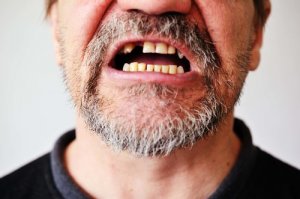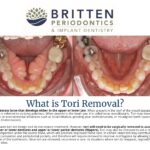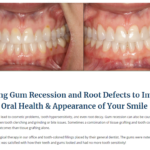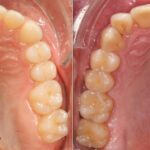Jawbone is preserved through the pressure and stimulus of chewing. When that is removed through tooth loss, the bone “resorbs” (reabsorbs) into the body. In the first year after tooth extraction, normally 25% of jawbone is lost, and this bone loss continues on.
Careful management of extraction sockets after a tooth is removed prevents unsightly bone loss and provides a better cosmetic outcome for tooth replacement. To increase the possibility of future implant placement, and to prevent more bone resorption, a ridge preservation procedure may be recommended. Without the use of a bone graft and collagen barrier at the time of extraction, studies show that 30-40% of the jaw bone is immediately lost. This is because your body perceives that once the root is removed, the bone is no longer needed and your body absorbs or removes it, creating a ridge deformity.
These ridge deformities leave you with inadequate bone and tissue thickness for either bridge or dental implant restoration. The defects may have been caused by trauma, developmental defects, periodontal disease, the wearing of dentures, or through previous tooth loss.
Ridge augmentation procedures have been shown to greatly enhance the cleansability and appearance of your restorations. They increase your chance for long term successful dental restoration, both esthetically and functionally. Ridge augmentation procedures may be performed with gum tissue and/or bone grafting materials.
For more information about periodontal regenerative procedures, ridge augmentation or dental implants, contact us today at 727-586-2681.
[iphorm id=”3″ name=”Contact form”]







